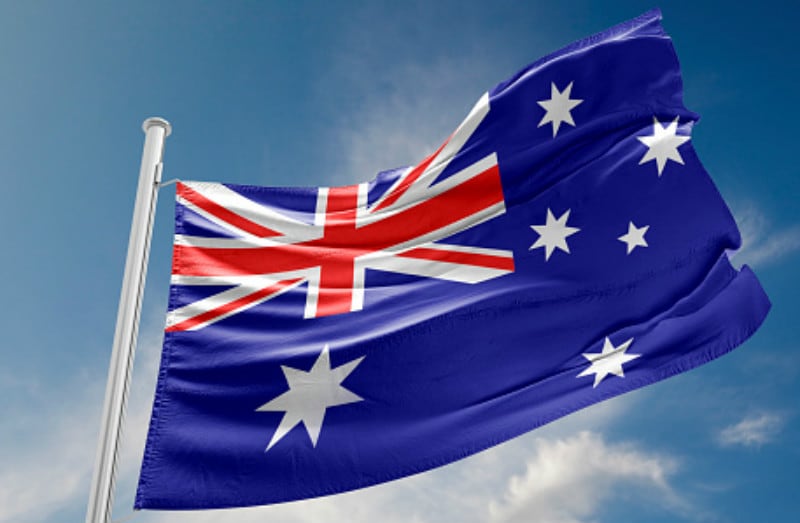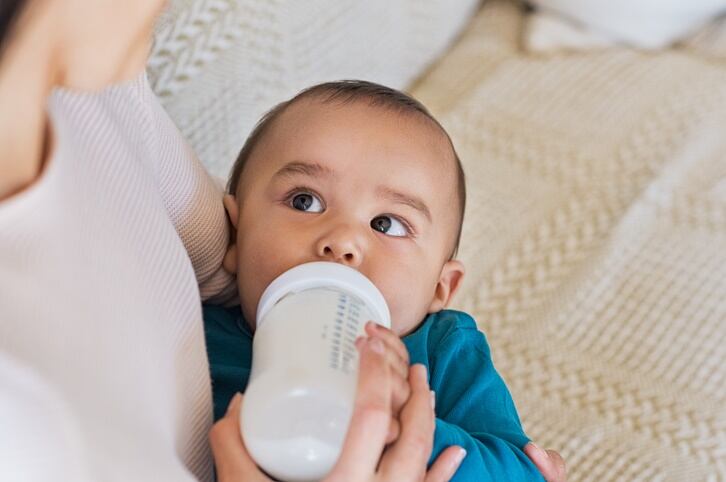Australia’s food and grocery manufacturing sector is currently standing at a three-way crossroads, where it faces the happy prospect of potentially doubling in value by 2030 to hit A$250bn (US$188bn) – but also the grim potential scenarios of stagnating or declining if no changes are made in terms of government policy and investment priorities.
As it is, food and grocery manufacturing exports play a major role in Australia’s trade activities – exports accounted for A$36.7bn (US$27.7bn) in 2018/19, with the country capitalising heavily on ‘Brand Australia’s’ health and quality connotations – but this advantage may not last forever.
“Australia’s [longtime] ‘clean and green’ reputation will not be enough to ensure our sector remains competitive in either the domestic or export markets into the future,” Australia Food and Grocery CEO Tanya Barden told FoodNavigator-Asia.
“[What is important from now to ensure] the sector’s growth is significant investment – in new product development, sustainable packaging, advanced manufacturing and digital technologies – to boost competitiveness, agility and resilience.”
This sentiment was also highlighed in the AFGC-commissioned Sustaining Australia: Food and Grocery Manufacturing 2030 report by research firm EQ Economics. The report found that although the sector had a lot of potential, it was facing a huge number of challenges in reaching that potential by 2030.
“[The sector is] under pressure from declining profitability due to high costs and a highly concentrated retail marketplace, [faces] an uneven playing field through foreign governments providing significant financial incentives and non-tariff barriers to export trade, [and overall] risks losing global competitiveness,” said the report authors.
“Without innovation and new investment, this vital sector could stagnate or even decline.”
The report laid out three potential scenarios for the sector, the first of which is High Growth, a very optimistic scenario where the sector value doubles by 2030, but can only be achieved if the government takes significant steps such policy and regulatory reforms, the allocation of additional funds and investments, and new national strategies for exports and digitalisation.
“[Swift action by the government can] stem the trend towards increasing import penetration and position Australian food and grocery manufacturers to take advantage of the abundant export opportunities resulting from a rapidly growing global middle class, particularly in Asia,’ said the authors.
Major priority areas to focus on to achieve this scenario include the development of technologies such as AI to reduce the speed of new product development, automation and robotics to reduce production costs, digital traceability systems for provenance, and R&D for sustainable packaging.
Speed is the name of the game here with 2030 less than 10 years out but many big changes to implement – and failure to entertain these needs will lead to the sector either stagnating/Muddling Through, or outright Declining.
“Australian food and grocery manufacturing is strong, dynamic and critically important but there are important decisions that need to be made now about the sector’s future,” said Barden.
“[If no changes are made to policy settings], based on past trends the Muddle Through scenario will see F&B manufacturing still achieve an annual growth rate of about 2.7% from A$130bn in 2020 to A$170mn in 2030, [but] this would be a significant underperformance given Australia’s expanding population and economy, plus import penetration will continue to rise.
“[Worst though] will be the Declining scenario where Australian manufacturers [are edged out] by 2030 food and beverage imports rise to almost 40% of domestic demand – [this] progressive decline would bring with it an increased offshoring of production and job losses.”
Funds needed to avoid stagnation or decline
Although it is encouraging to think that the sector has the chance to double its value within a decade if it takes the High Growth path, the list of recommendations put down by the AFGC for the government in order to avoid stagnation or decline is long and significantly expensive, with tough goals to complete within just 10 years.
For instance, it was estimated that to achieve its A$250bn (US$188bn) goal, the sector will require an additional A$75bn in CAPEX investments, which is almost double the value of CAPEX of the past decade.
This is an enormous amount of money, especially considering the most recent relevant government funding initiative, the Modern Manufacturing Initiative (MMI) only allocated A$1.5bn (US$1.14bn) worth of funding to be shared across six sectors over four years so not even all of this will be allocated to F&B manufacturing.
AFGC has called for the government to implement co-investment grants programmes to cover sustainable packaging research, digital technologies in manufacturing and also for funding to do skills audits and training – but how much the government will actually be able to shell out remains to be seen.
This is especially so after Australian Treasurer Josh Frydenberg recently revealed that federal budget cash deficits will remain significant over the next several years, given a spend of some A$311bn (US$235.9bn) to fight COVID-19.
At present, the report realistically estimates Australia’s food and grocery manufacturing trajectory to land it somewhere between the Muddle Through and Declining scenarios – so it is hoped that perhaps with some help, this could still be lifted closer to even if not completely reaching the High Growth scenario.





